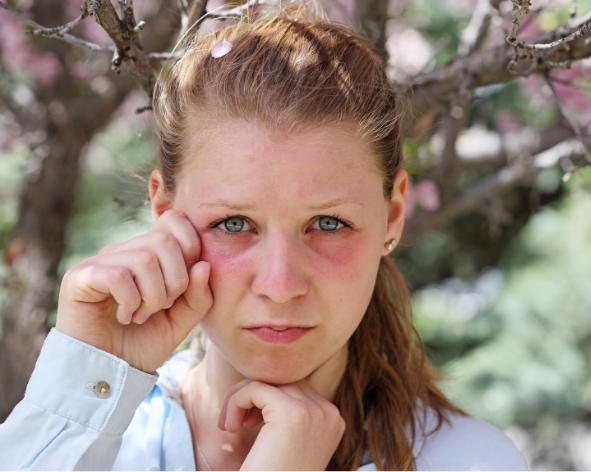What is Bell’s Palsy?
Bell’s palsy is a condition that arises from inflammation or compression of the facial nerve (cranial nerve VII), leading to weakness or paralysis on one side of the face. This nerve controls facial expressions, eyelid movement, and tear and saliva production. When the nerve is impaired, these functions are disrupted.
Symptoms of Bell’s Palsy:
- Sudden weakness or paralysis on one side of the face
- Drooping of the mouth and eyelid
- Difficulty closing the eye on the affected side
- Weakness in the forehead on the affected side
- Altered sense of taste
- Increased sensitivity to sound in one ear
- Pain around the jaw or behind the ear on the affected side
Causes of Bell’s Palsy
The exact cause of Bell’s palsy is unknown, but it is often linked to viral infections. Other factors that may increase the risk include diabetes, upper respiratory infections, and pregnancy.
In Traditional Chinese Medicine (TCM), Bell’s Palsy is often associated with an invasion of external pathogens, particularly wind and cold, and one’s immune system. Here are some key causes as understood in TCM:
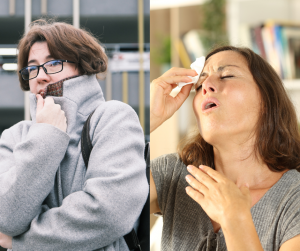
- Wind-Cold or Wind-Heat Invasion: The sudden onset of Bell’s Palsy is frequently attributed to an invasion of wind and cold/heat into the meridians and collaterals of the face. This disrupts the flow of qi and blood, leading to facial paralysis.
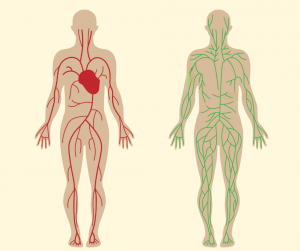
- Qi and Blood Stagnation: When qi and blood are not flowing smoothly, it can result in stagnation. When the affected side of the face is not receiving enough nourishment, stagnation can cause facial paralysis.
-

- Emotional Stress and fatigue: Stress, emotional disturbances, and overwork can lead to stagnation and deficiency, contributing to a lower immune system and conditions like Bell’s Palsy.
TCM treatment for Bell’s Palsy typically involves a combination of acupuncture, herbal remedies, and lifestyle adjustments to restore the balance of qi and blood, expel wind and cold/heat, and strengthen the body’s overall vitality.
Protocol
- Corticosteroids: Reduce inflammation and swelling of the facial nerve.
- Antiviral Drugs: Used if a viral infection is suspected to be the cause.
- Acupuncture, electrical stimulation, and massage.
- Facial exercises to maintain muscle tone and improve function.
- Use lubricating eye drops, ointments, or an eye patch to protect the eye if blinking is difficult.
How We Treat Bell’s Palsy
We apply acupuncture and Chinese herbal medicine to address the imbalances in the body and symptoms of Bell’s palsy:
- Improving Blood Circulation: Enhancing blood flow to the affected area can help reduce inflammation and promote nerve regeneration.
- Stimulating Nerve Function: Reactivate the facial nerve and improve muscle strength and coordination.
- Reducing Pain and Discomfort: Alleviate pain around the jaw and behind the ear.
- Balancing Internal Environment: Restoring the flow of qi can aid in overall recovery and well-being.
Some Acupuncture Points for Bell’s Palsy
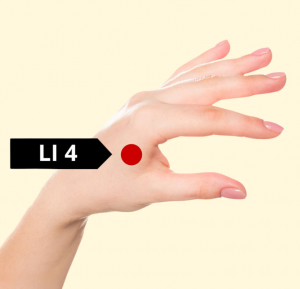
- LI4 (Hegu): Located on the hand, it is believed to help with pain relief and improve facial muscle function.
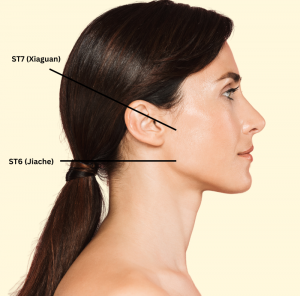
- ST6 (Jiache) and ST7 (Xiaguan): Points on the jaw that can help with facial muscle stimulation.
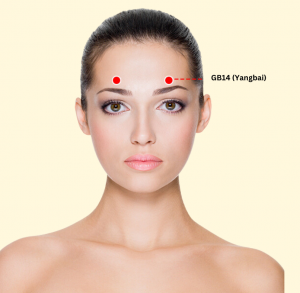
- GB14 (Yangbai): Found on the forehead, this point is used for facial paralysis and pain.
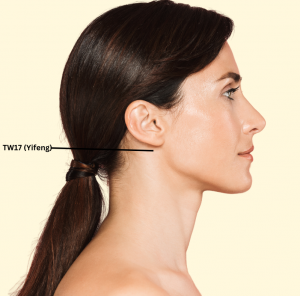
- TW17 (Yifeng): Behind the ear, this point is used to address facial nerve issues.
Evidence and Studies (need references for below)
A study published in the Journal of Alternative and Complementary Medicine found that acupuncture combined with conventional treatments improved recovery rates in Bell’s palsy patients compared to conventional treatments alone.[1]
Research in Acupuncture in Medicine indicated that acupuncture might help improve facial nerve function and reduce symptoms more effectively than steroid treatments alone.[2]
A systematic review in the Cochrane Database of Systematic Reviews suggested that acupuncture could be beneficial for Bell’s palsy, but emphasized the need for more high-quality, randomized controlled trials.[3]
Integrating Acupuncture into Your Treatment Plan
Consult with one of our practitioners to ensure it complements your existing treatment plan and achieves the best results.
You can reach our experienced staff at Happipuncture by calling 09-2182992 or visiting Happipuncture.
We help New Zealanders improve their health, and be young in natural, holistic ways. We enjoy helping you feel better and be better both physically and mentally. Let’s make it happen together at Happipuncture.



